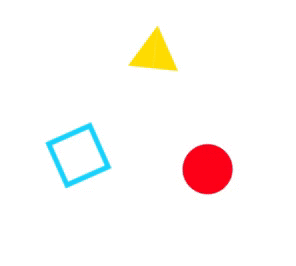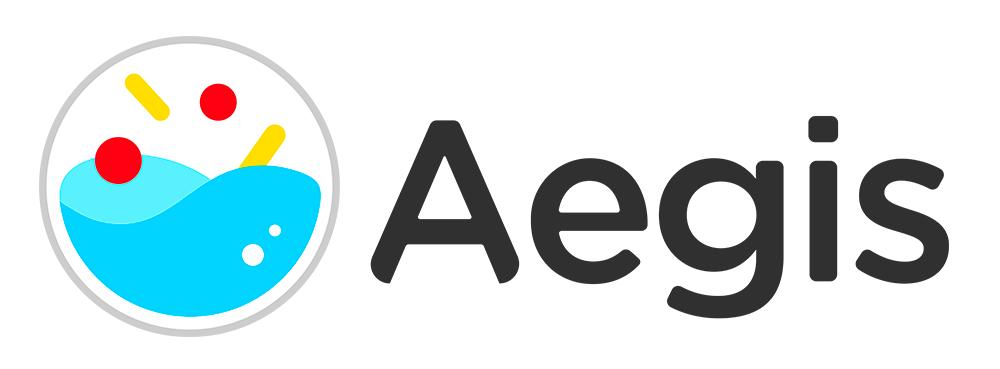Our technology is rooted in the work of two former iGEM teams: iGEM INSA-Lyon 2016 and iGEM Madrid-OLM 2018
1 INSA-Lyon 2016
Lateral Flows & Membrane Adhesion
Our team has made use of the Lyon team’s protocols for the preparation of caption particles. We have taken this as a starting point and expanded on it with a protocol for aptamer conjugation to modified carboxyl surface nanoparticles, testing their liability to migrate through a membrane.
Likewise, we have standardized a trial system for the verification of the different systems that play a role in the lateral flow assays. The implementation of microfluidics in the membrane allows us to improve control of the flow in this kind of trial. Moreover, it brings along the possibility of designing multiple experiments that allow us to gather further data.
Aptamer folding
Regarding the aptamer folding, we have improved several features in the code. Specifically, we identified the weak spots of Lyon’s code (particularly the fact that it sometimes did not compile) and solved those errors in several ways, for example by erasing some columns that added default noise and messed up the scoring.
Furthermore, after working out the compilation-related issues, we added several optimization tools that reduced execution time and computational cost, such as Threads, by using several terminals or erasing certain features that had no real use for our goals. The result is a final code three times faster than its predecessor. Additionally, we managed to make our code compatible with both Linux and macOS.
To sum up, we have greatly improved the Lyon code for aptamer folding and implemented an AI to improve outputs. We managed to end up with an efficient code that creates new aptamers in only ten minutes. We have taken the Lyon code and re-designed it according to our needs in order to improve the results.
2 Madrid-OLM 2018
We decided that our objective this year would be the improvement of this protocol, by standardizing it and making it reproducible.
Even though our final result is not a fully robotic SELEX (as this requires resources beyond the reach of an iGEM team), over the course of this year we have obtained positive results that indicate our success in the automation of the four critical steps of SELEX.
In this way, we can replace the human agent with an OT-2 machine, an affordable lab robot that is standard for the iGEM competition. By following our process of fabrication of the different modules, documented on our website, any iGEM team can run a SELEX round that will take only a few days.







